The Black Ink Team's Guide To Motion Control Systems
by Black Ink Team
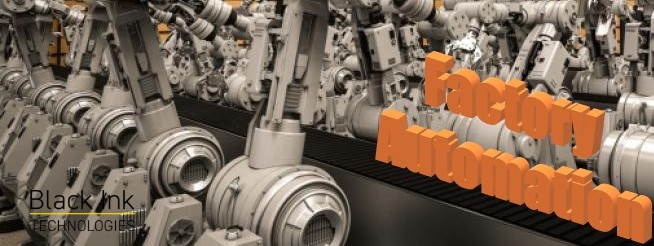
In the manufacturing world, everything is moving towards automation. Human hands and senses just can’t keep up with machines’. Of course, there will always be a market for handmade items, as it is very unlikely that robots will ever supersede our artistic ability. But, the fact of the matter is that more goods can get made once a factory gets automated - usually at a faster rate and with more precision. How does a company go about automating their manufacturing process, you ask? The answer to that question is by implementing (or integrating into their existing process) a motion control system.
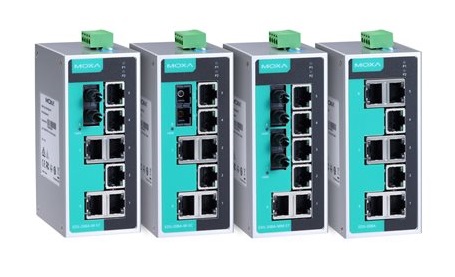
A Moxa unmanaged Ethernet switch
Sort of like how we each consist of both a body and a mind, a motion control system consists of two parts: its hardware and its software. Its software can be fully automated, in which case the system produces goods completely on its own - or, it may have some sub-processes that require supervision. Similarly, some of its hardware may partially rely on human strength and/or dexterity. Whether it is fully automated or not, at the end of the day a motion control system is essentially a tool for moving certain objects in a particular way. It may feel strange to think of something as big as an automated factory (or, smart factory) as a ‘tool,’ but that’s what it technically is.
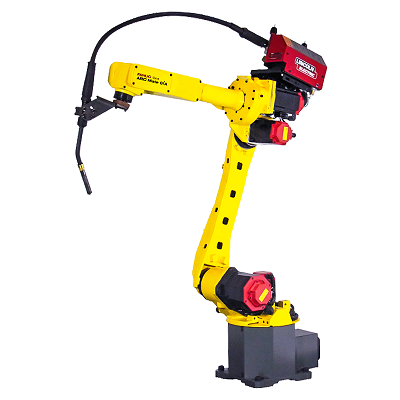
A FANUC arc welding robot
Software for motion control systems typically has multiple layers and is usually very complex. For illustration, let’s use a futuristic waffle-maker as an analogy. Imagine a waffle-maker that could a) sense how best to cook the waffle based on the consistency of the batter and b) dissipate the heat if someone’s hand comes near. The waffle-maker’s software would then need 1) a layer that calculates the perfect cooking temperature and time based on the batter and 2) a layer that is constantly looking for people’s hands approaching. Even just adding a display, to tell you how long you’ll need to wait for your waffle to be done, would mean having to add another layer to the software. Now, compared to a factory, a waffle-maker is a very small and simple thing - so you can imagine how complicated things can get when you are designing software for industrial-sized motion control systems.

Perry powder metal gears
Hardware for motion control systems is very modular, meaning it is made up of mostly generic parts. Unless you are making a product that is very unique and difficult to create, chances are you can buy the hardware that you would need to automate your manufacturing process ‘off-the-shelf,’ as it were. Motion control system engineers may be offended by this comparison, but motion control systems are a lot like Rube Goldberg machines - they are many different contraptions which work together to complete a task. If you ‘zoom in’ on one individual piece of motion control system hardware, say a linear actuator, it doesn’t actually do very much; in the case of the linear actuator all it does is move something back and forth. But, together with every other piece of hardware that goes into making a motion control system work, it can produce a complete physical good from scratch.
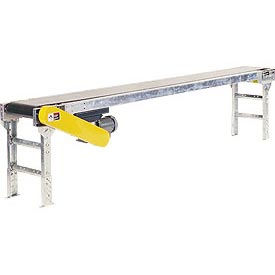
An Omni Metalcraft power belt conveyor
Some pieces of motion control system hardware rely on gravity. Conveyor rollers, for example, when they are set at an angle facilitate the movement of goods in a controlled manner. Funnels, chutes, and condensate hoods are other examples of motion control system hardware that relies on gravity. Powered motion control system hardware dates back to medieval times - think water-wheels and windmills. Nowadays, it mostly runs on electricity (for motors), internal combustion (for engines), or gaseous pressure (for hydraulics). Motion control system hardware can be extremely precise - perhaps best illustrated by machines that create microchips. When it is precise, it usually means that two devices - a device for moving objects and a device for taking measurements - are working together.
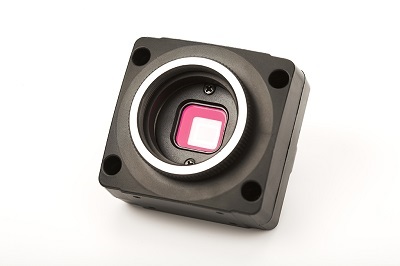
A FLIR machine vision camera
Some pieces of motion control system hardware don’t move things at all. Instead, they sense things. Think back to the waffle-maker: it would need sensors telling it what ingredients went into the batter, in addition to cameras looking out for approaching human body parts. Most motion control systems have redundant sensors for added safety, or for compliance sake. In combination with software, motion control system sensors (also called LoRaWAN wireless sensors) can be used to identify the temperature, the shape, the weight, the density, the moisture-content, the internal pressure, the luster, and even the history of objects - with a barcode system in place, things that have happened or been done to an object can be logged in a system.
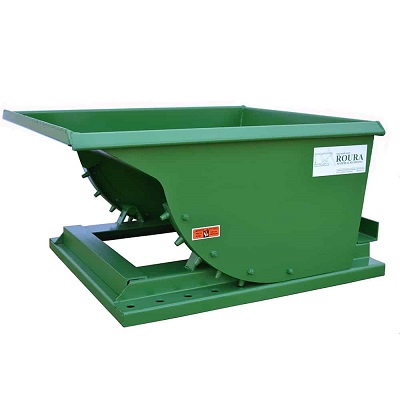
A Roura self-dumping hopper
‘Wear and tear’ factors into motion control system decision-making pretty heavily. This is because it’s not worth it to create an automated factory if having to fix and replace hardware all the time means that you won’t be making products any faster. As a result, in addition to all of the sensors that it uses to monitor the raw materials it is turning into finished goods a well-designed motion control system also has a host of sensors that it uses to monitor itself. Grease sensors for checking the lubrication of bearings, heat sensors that make sure motors aren’t overheating, cameras that continuously check pistons for dents - the list goes on and on. All that data requires a reliable network, one that is protected from cyber-attacks.
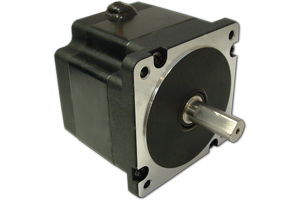
An Anaheim Automation brushless DC motor
Smart factories with motion control systems have something in common with traditional, human-powered manufacturing: the ‘cascading effect.’ Anything that goes wrong while making a product will affect everything that goes into making that product after. However, since the pace of motion control systems is generally faster, the repercussions of the ‘cascading effect’ are usually greater. Vast amounts of raw material can be wasted in even just a single hour if the automated processes for turning it into finished goods become corrupted. Therefore, motion control systems for the most part have many checks and balances built into them - or, in other words, they are compartmentalized. The system adds one piece to a set of objects, checks them, then continues turning them into finished goods.
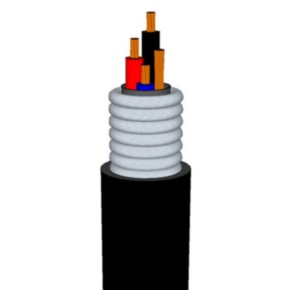
Belden control cable
Unfortunately, once a motion control system, i.e. an automated factory, gets made then it is hard to make changes to either its inputs or its outputs. For that reason, before they go making a motion control system, it is in a company’s best interest to make sure that their product and what they make it out of are going to stay the same for a while. Furthermore, they should make sure that they aren’t going to run out of or have to pay more for their raw materials. Conducting extensive market research is recommended; also, hiring or consulting with someone who has experience in designing and implementing automated systems.
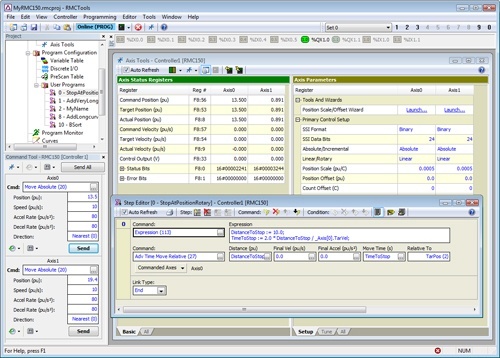
A Delta Computer Systems motion control software
With artificial intelligence becoming more powerful, it will eventually be used to design motion control systems. It can take a team of experienced engineers several months or longer to come up with a single design for an automated factory. But, in the same amount of time, an AI may one day be able to create and test hundreds if not thousands of designs. This capability will be useful for solving many problems associated with motion control systems, including but not limited to: how do I fit the system in this particular building? how do I get it to run faster? how do I get it to be use fewer raw materials? how do I get it to use less power? how do I get it to break down less? how do I get it to make more than just one product?
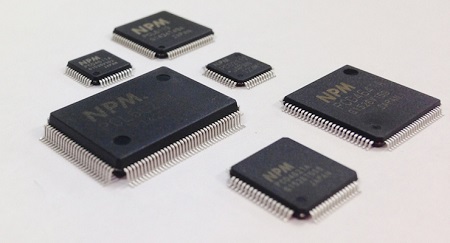
Nippon Pulse stepper motor controllers
You can think of implementing a motion control system as being a bit like hiring a landscaper who will take care of your lawn: you want them to be able to operate on their own (because you don’t want to have to stand on your porch and shout directions at them all day) but you also want them to come to you whenever there is a problem which may need your attention. For example, if they discover a mole, you don’t want your landscaper to immediately start digging up your whole property looking for more moles – conferring with you first would be preferable. For a smart factory, this translates into you wanting for it to produce your product with minimal supervision, without it ever wasting a ton of raw materials because it couldn’t catch its own mistakes.
